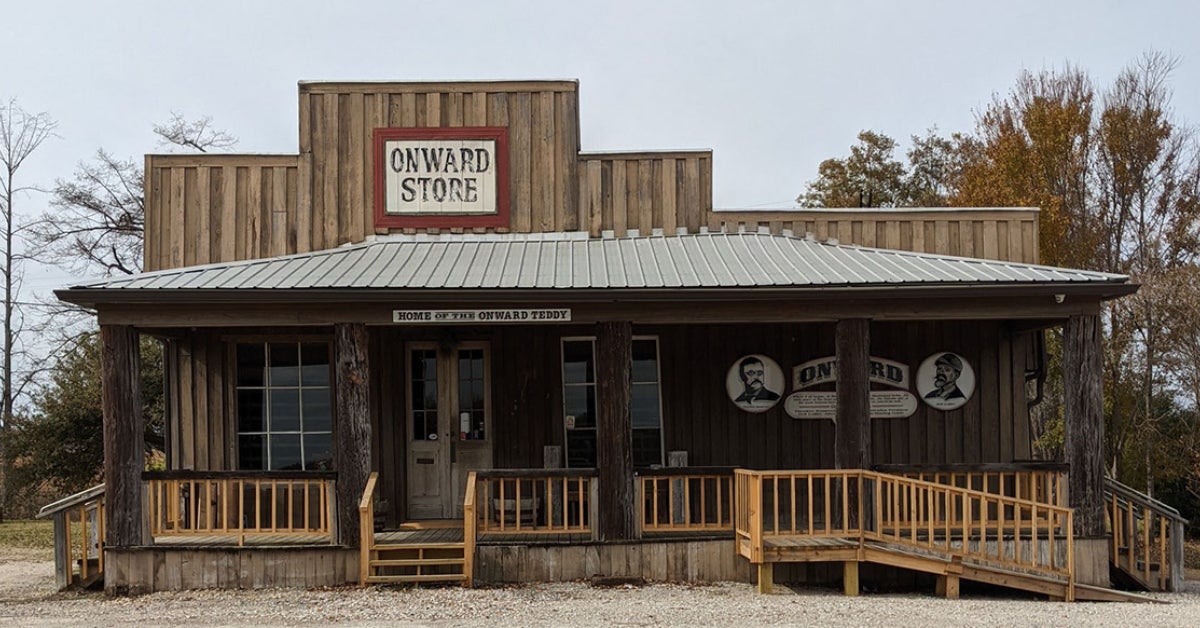Honor would have embarrassed’ engineer
Published 12:00 am Wednesday, April 2, 2003
Pat Clarke, left, and Frances Houston examine the water garden outside the Environmental Laboratory Complex, at left. (C. Todd Sherman The VIcksburg Post)
[04/02/03] Although his father would have been proud of the laboratory complex named in his honor, his eldest son said Tuesday that Lt. Gen. Frederick J. Clarke would have been even more proud of the people who will work in the buildings.
Gen. Clarke served as the chief of engineers from 1969 to 1973 and was instrumental in leading the Corps into the era in which the environmental preservation became a greater priority.
Pat Clarke attended the dedication ceremony at the Army Engineer Research Development Center with his sisters, Isabel Clarke Stevens and Nancy Clarke. It took place in front of the new Environmental Chemistry Laboratory, one of two buildings in the Lt. Gen. Frederick J. Clarke Environmental Laboratory Complex. The other building in the complex will be the Hazardous Waste Research Center.
“He was a very modest man,” Pat Clarke said. “He would have been embarrassed today.”
ERDC, between Halls Ferry and Porters Chapel roads, is an Army scientific research facility, divided into several labs and employing specialists from many fields. Research by mostly civilian employees is conducted under contract to other federal agencies.
Clarke said his father believed the government should give the people what they wanted, especially when it came to protecting the environment.
Lt. Gen. Clarke was appointed the Chief of the Corps of Engineers in 1969 as he approached the end of a career that included service in World War II, Korea and Vietnam. Shortly after his appointment, Congress passed the National Environmental Policy Act of 1969.
In 1970, Lt. Gen. Clarke established the Corps’ Environmental Advisory Board. The board is still used today to give the Corps outside, expert and independent advice on environmental impact of projects. He also established the first guidelines for civil works programs in the Corps.
In remarks delivered before an artist’s rendering of the complex and a plaque were unveiled, Dr. Beth Fleming, deputy director of the ERDC Environmental Laboratory, said the entire laboratory would not exist without the vision and leadership Lt. Gen. Clarke showed, a sentiment echoed in remarks made by Dr. James Houston, ERDC director.
“It is very fitting that we dedicate the Environmental Laboratory Complex to the memory of Gen. Clarke (because) the Environmental Lab is deeply based on his leadership and vision,” said Dr. Edwin Theriot, Environmental Lab director, adding Gen. Clarke laid the foundation for the Corps’ implementation of the National Environmental Protection Act.
In relation to what was then called the Waterways Experiment Station, two major things happened because of Gen. Clarke, Theriot said.
One was the formation of the Office of Environmental Coordination, the forerunner of the Environmental Lab. The other was a request he made to WES to take on research into the proper disposal of dredged material, its first environmental research program.
Theriot said today the Environmental Lab conducts about $1 billion worth of research.
The lab has more than 200 federal employees and more than 100 contract employee working its 100,000 square feet of space and another 35 employees working at remote sites.
“As chief of engineers he was the right leader at a critical time,” said Maj. Gen. Hans Van Winkle, deputy commander of the Corps of Engineers, adding under Gen. Clarke’s leadership the Corps increased its environmental efforts.
Gen. Clarke, he said, did the right thing and did it in the right way in leading the Corps toward an appreciation of the need for environmental protection.





